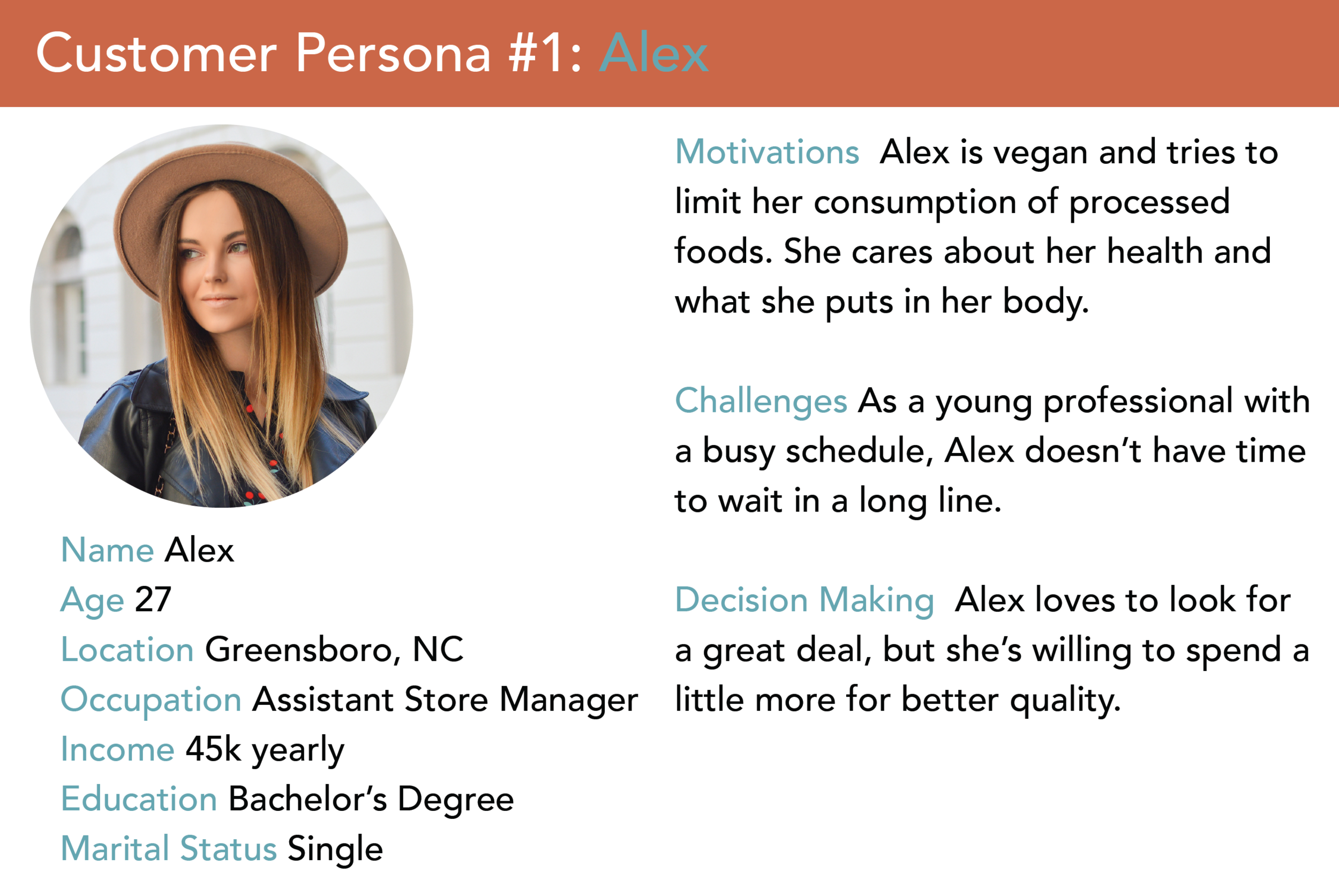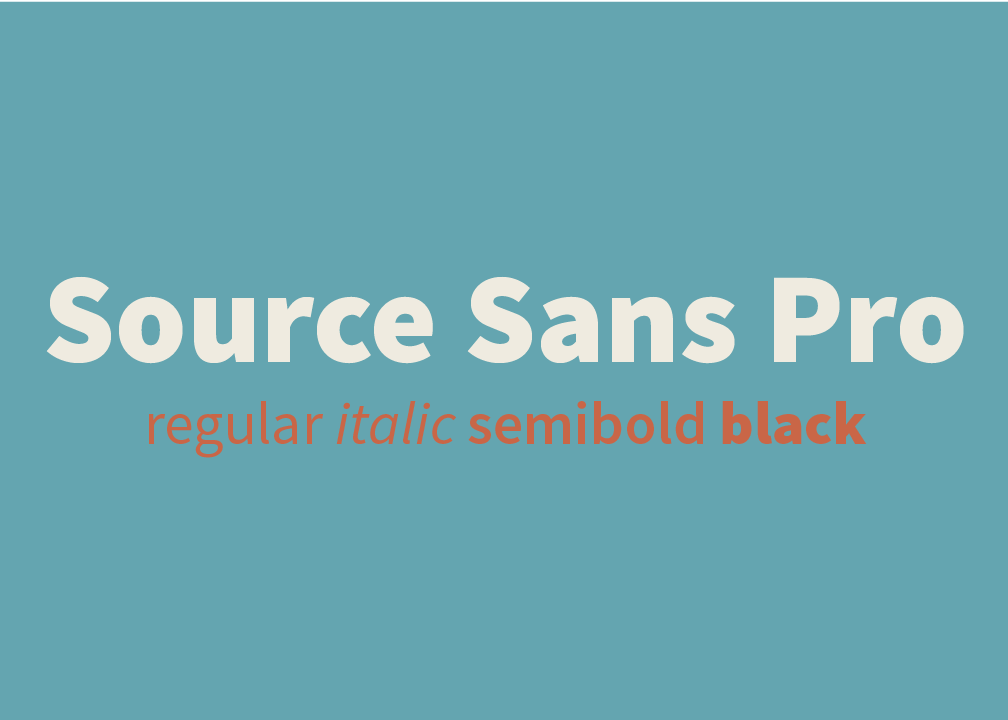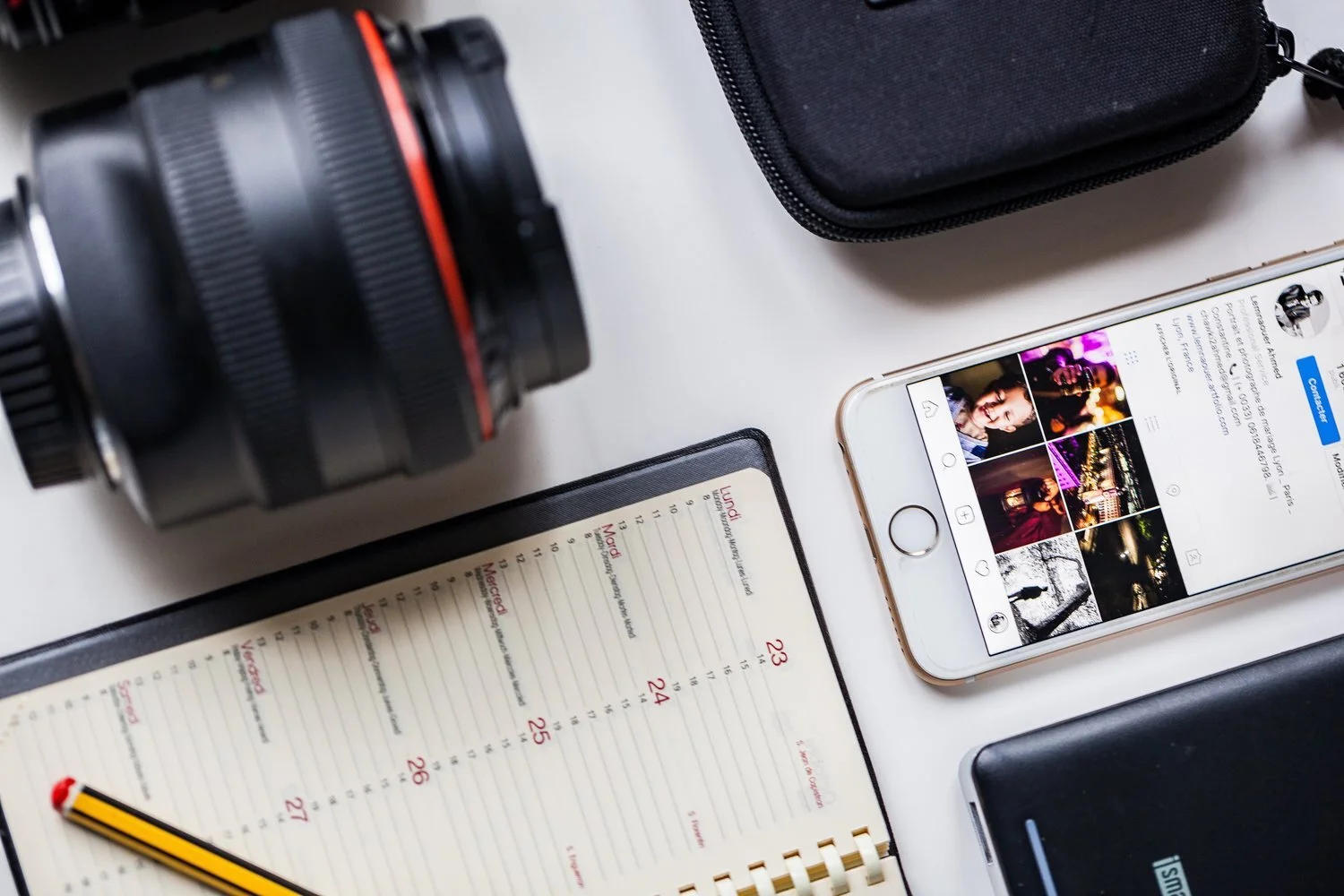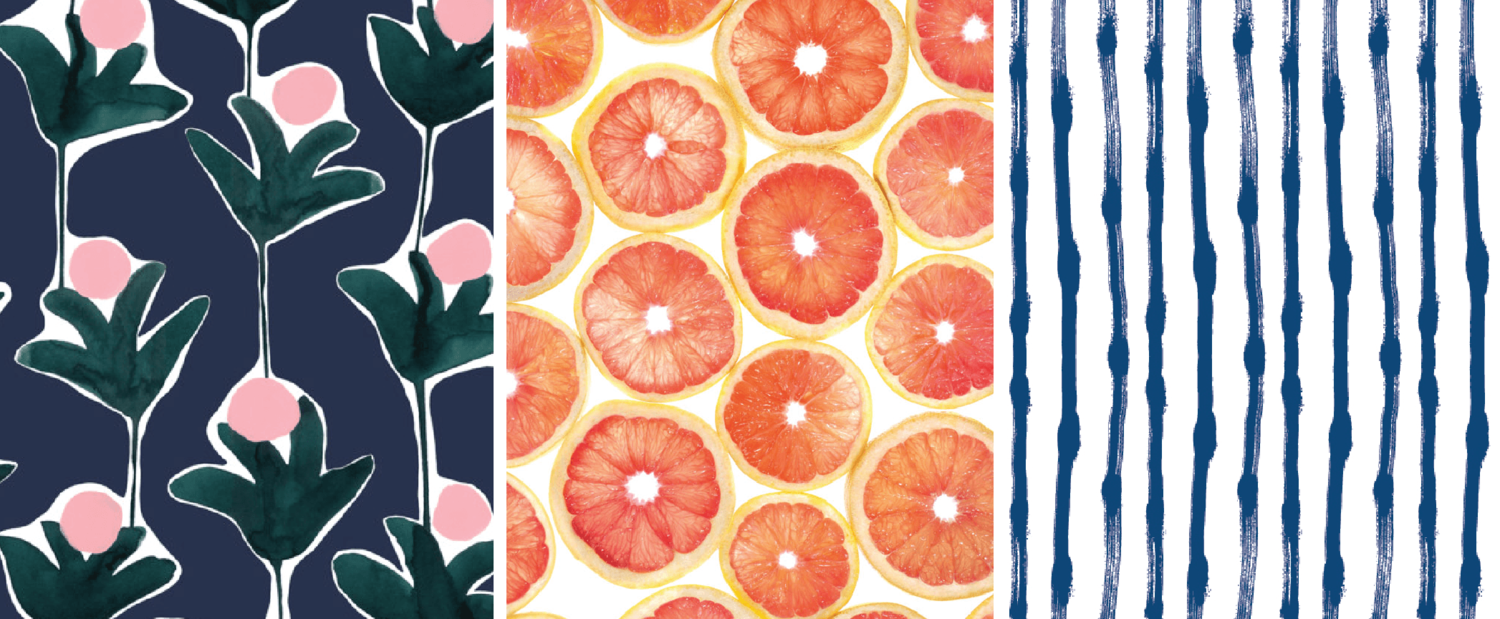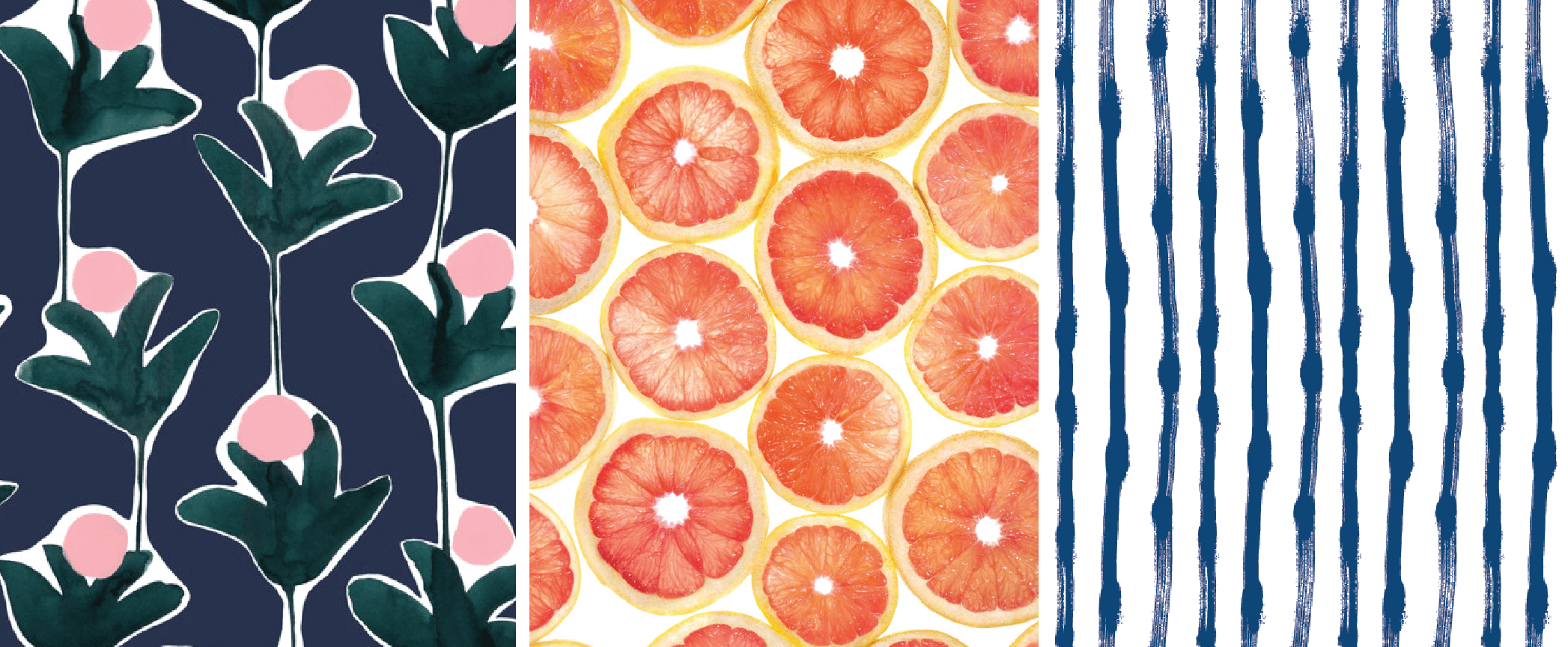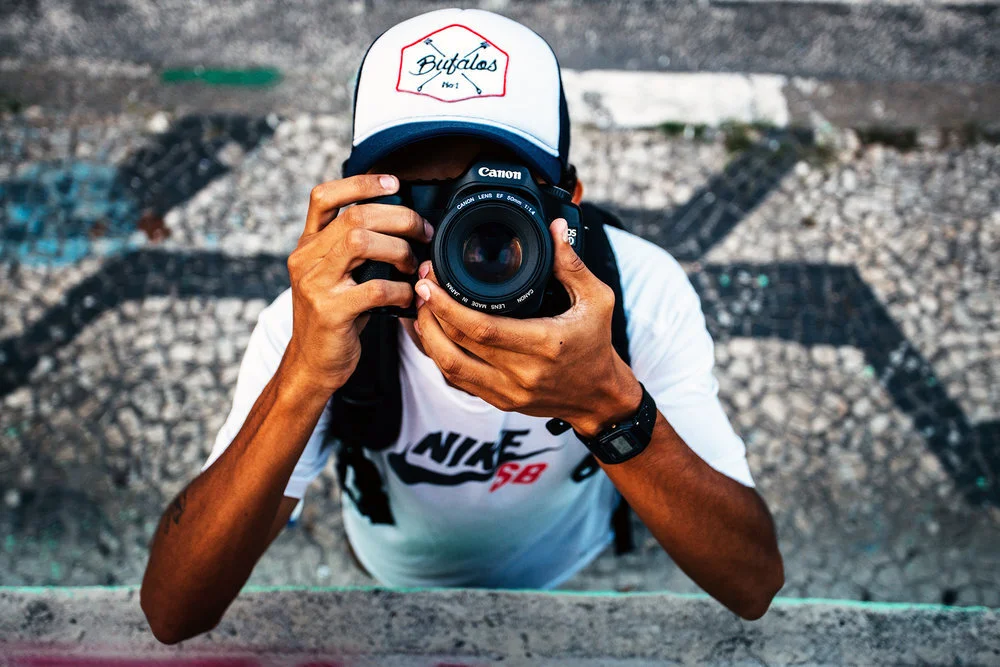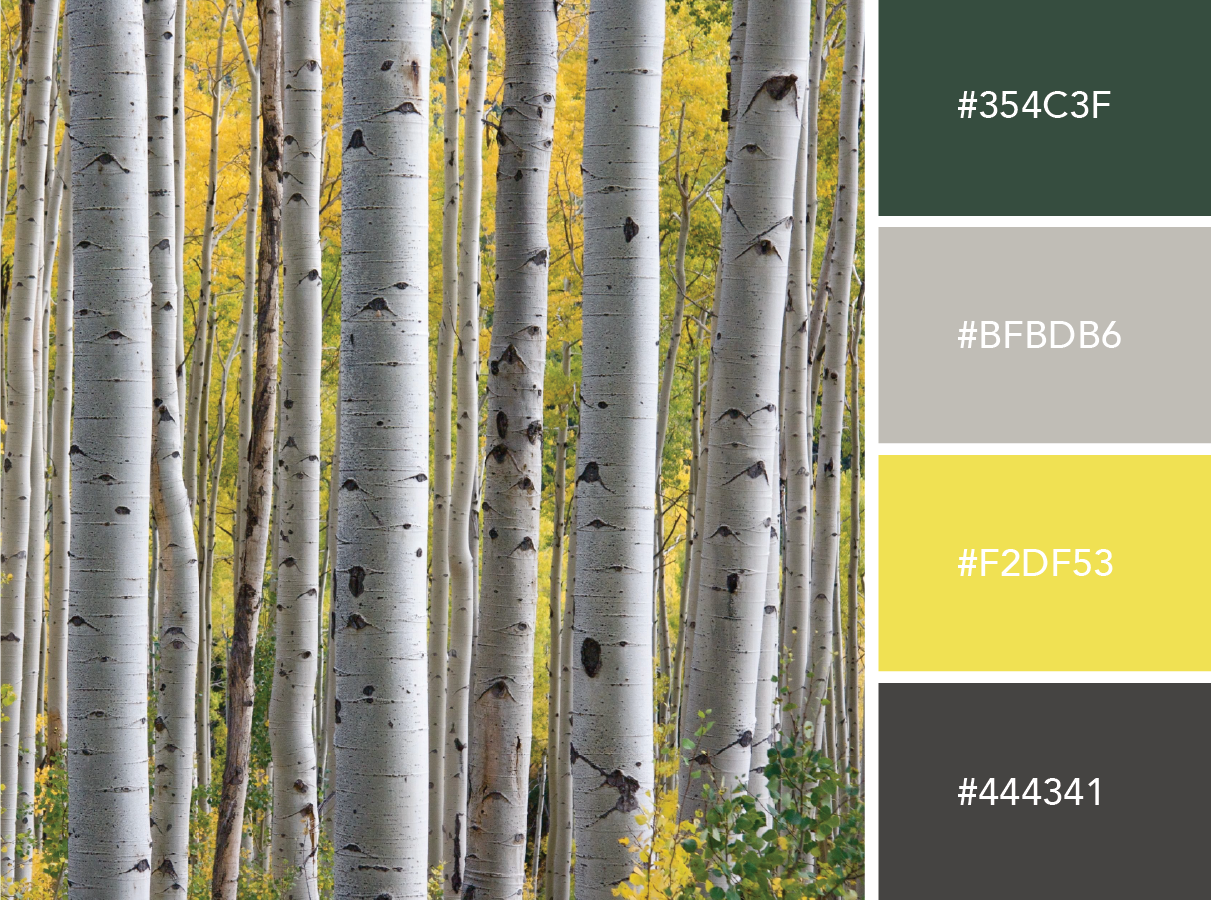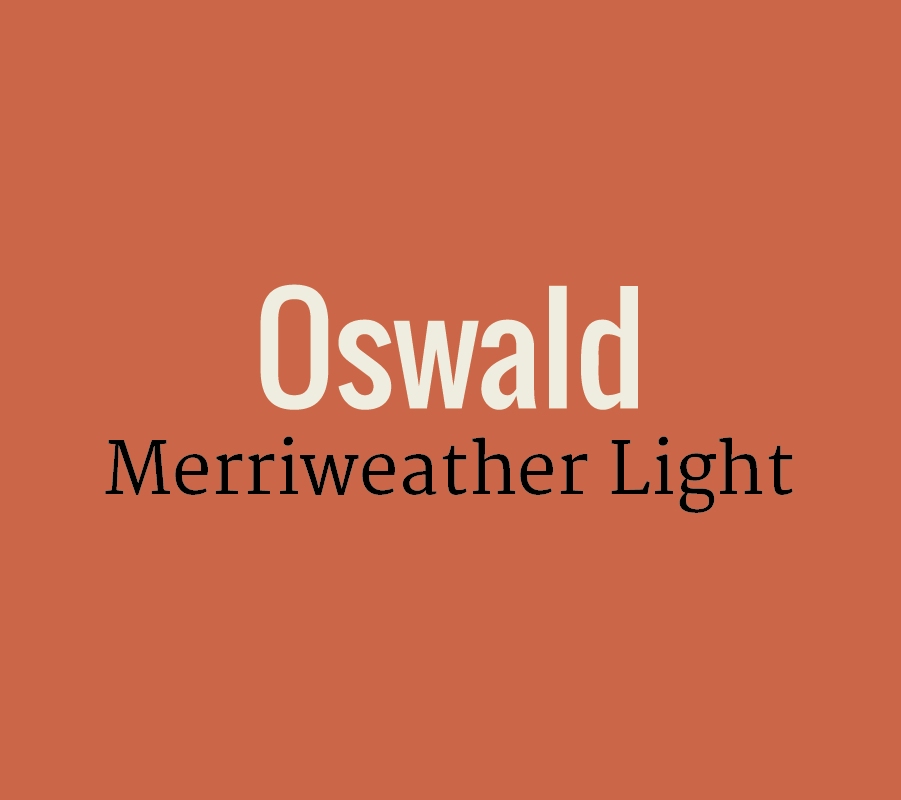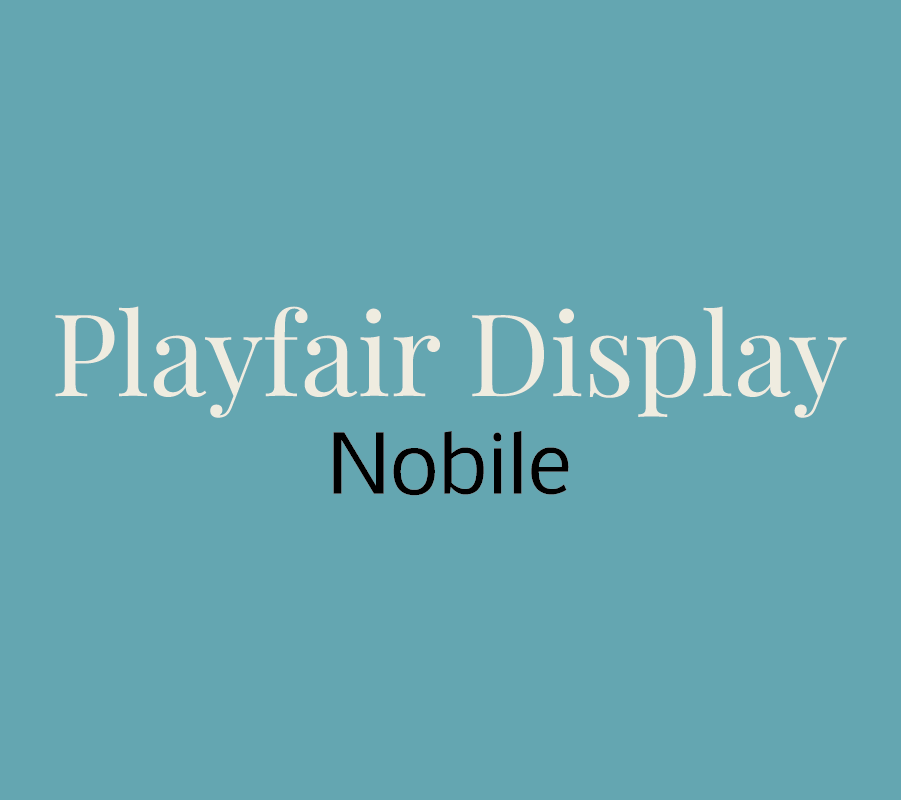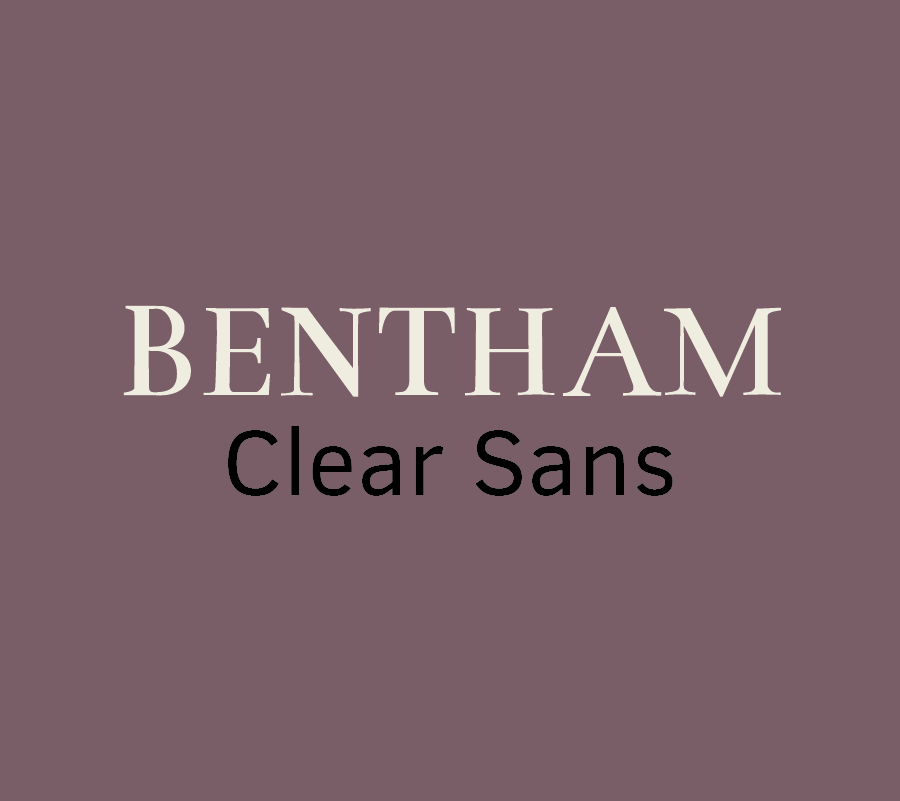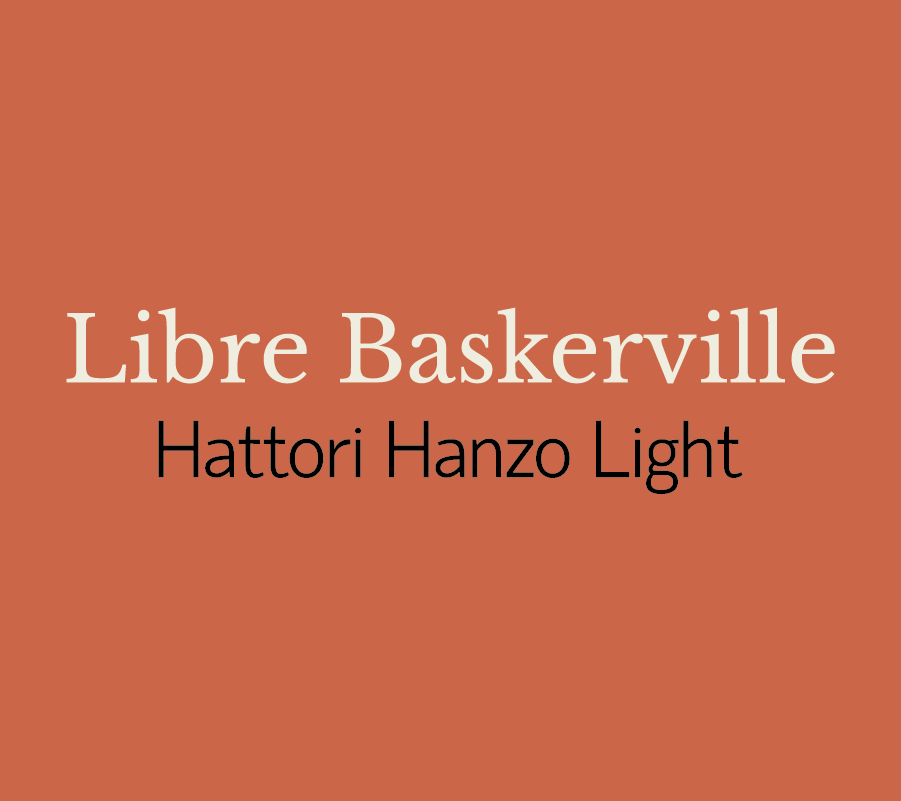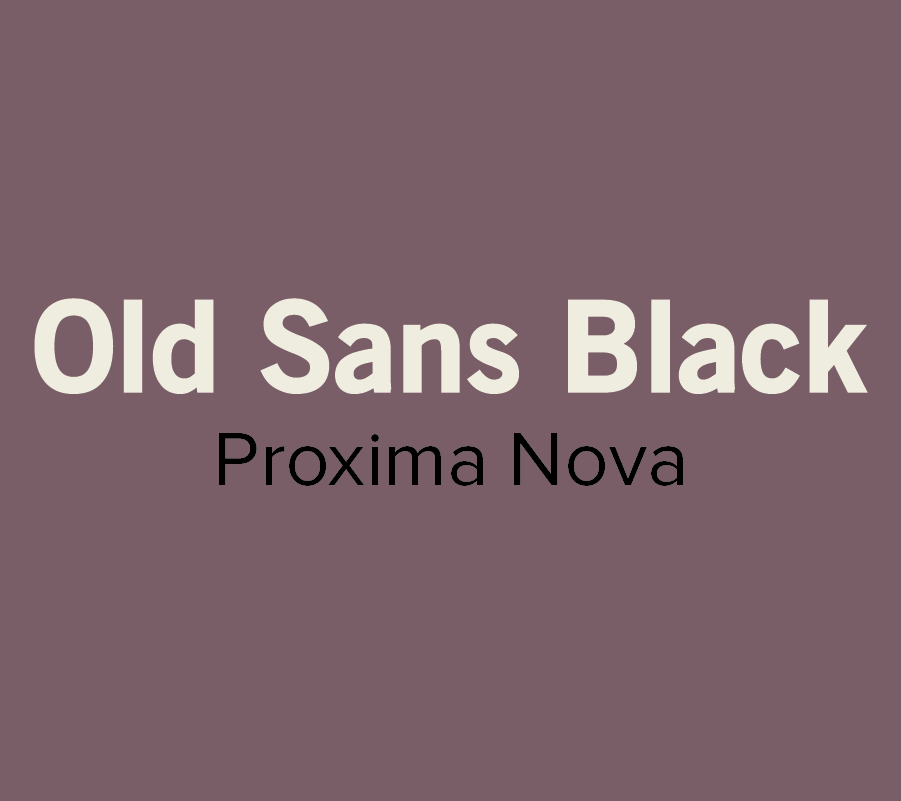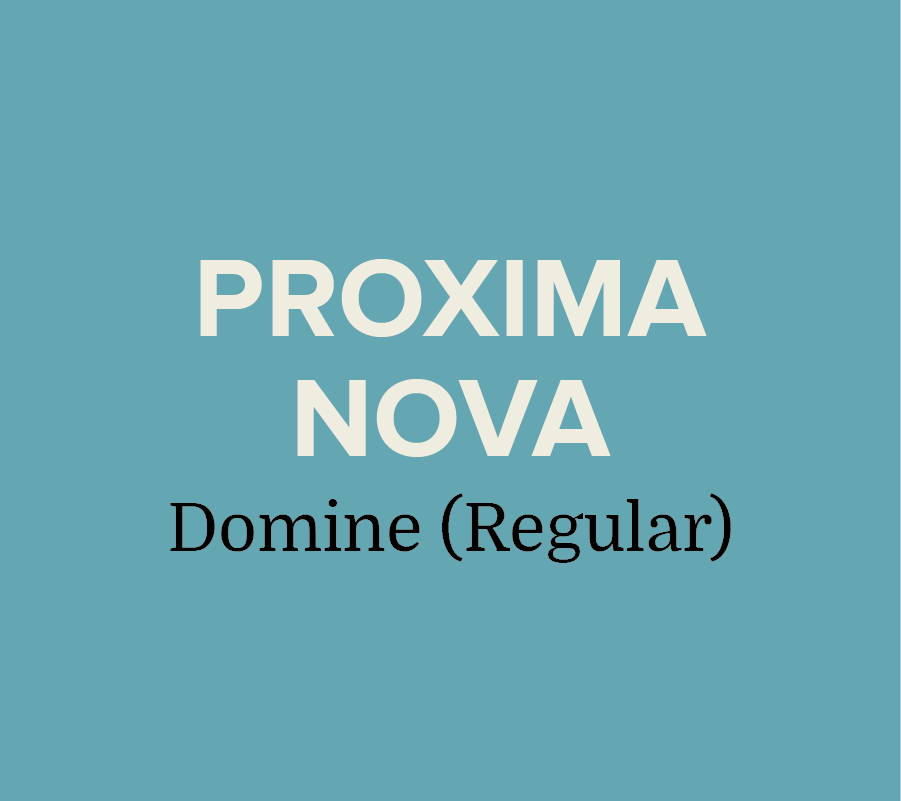When it comes to finding the right potential customers, utilizing the correct keywords in your paid search and web content will help you increase your leads.
While it can be tempting to just make educated guesses about the right keywords, it's crucial to take the time and research what will be most effective. But, before we highlight a few handy tools for keyword discovery, it's important to understand what that there's a few different type of keywords.
Long-tail Keywords
One of the most effective types of keywords is a long-tail keyword. A long-tail keyword is a highly detailed phrase made up of three to four words. Although long-tail keywords are usually searched for less often than their shorter counterparts, they tend to bring in a high conversion rate because they are so specific.
For example, someone looking for "organic gluten-free birthday cakes" are more likely to find your bakery and place an order then someone who just typed in "buy cake" and just wants any old birthday cake that's available.
Local Keywords
Think about times when you’ve searched for services or businesses like hair salons, dentists, or a place for decent pizza. You’re automatically going to weed out a business that isn’t anywhere near you.
If you own a small business, it’s important to get the word out to your local clients through geo-targeting. Instead of only using keywords like “animal hospital,” get more specific with words like “animal hospital in Greensboro, NC.”
While local keywords often have lower search volume, they often have higher conversion rates. Long-tail local keywords will deliver even less traffic, but chances are these visitors are really serious about finding a business. For example, "animal hospital greensboro open 24-7" has a good chance of capturing someone looking for a midnight pet emergency.
One word of warning? Don't shoot yourself in the foot by casting too wide of a net. Stick to the location of your brick and mortar store and a few surrounding counties -- don't try to capture the whole state or you'll just end up reducing your potential to rank for your actual location.
Keyword Planner
One of the best ways to discover keywords is through the free Keyword Planner in Google AdWords. Using this tool, you can search through relevant phrases and terms related to your business and see how often they are searched through Google. The Keyword Planner also allows you to research historical statistics and predict the click rate of potential words before you add them into your AdWords plan.
Google Trends
Not utilizing Google AdWords? You can still give Google Trends a try. This is when it's time to make an educated guess about what you think your keywords would be. Start with things like your products or services and check the popularity of one or multiple keywords at a time by searching them on the site. You can narrow down the trends even further by searching in a specific region, state, or span of time.
For instance, the amount of people looking for “pumpkin patches” in Greensboro and Winston-Salem increased dramatically around September 24th of this year. Google Trends also provided some suggestions for related topics and search terms like “farm,” “maze,” and “pumpkin patch near me.”
If you're looking to do something like holiday advertising or capture the back to school crowd, being able to track these types of trends can help you predict when your ads will be most effective.
Moz Keyword Explorer
Moz Keyword Planner has a great analysis and keyword suggestion feature for marketers. If you’re on a budget, the site offers 20 free search queries every month, with the option to upgrade by purchasing the premium plan.
Another helpful feature of this tool is how it breaks down each search term by monthly volume, priority, difficulty, and organic CTR. This will help give you an idea of how competitive it will be to gain clicks -- and how much it will cost.
keywords --> COntent
After you've done your keyword research, you're probably ready to get out there and buy some ads or bid on some keywords and start driving traffic to your site. But don't forget one of the most important ways that you can build authority -- through your blogging and site content!
Make sure to write about topics you want to rank for and let your newly discovered keywords influence your blogging. As you might remember from this blog, Google knows what you're blogging about and they rank you accordingly, so don't fall into the trap of only paying for traffic. Strong, organic content can bring you some of the best traffic around!
Marketing and Social Media Experts in the Triad
Looking for to develop your brand? Hue & Tone is a creative graphic design agency specializing in logo design, web design, social media management, and more. Be sure to check out our portfolio to see clients we’ve helped in the past, or give us a call if you're ready to get started building your brand.










